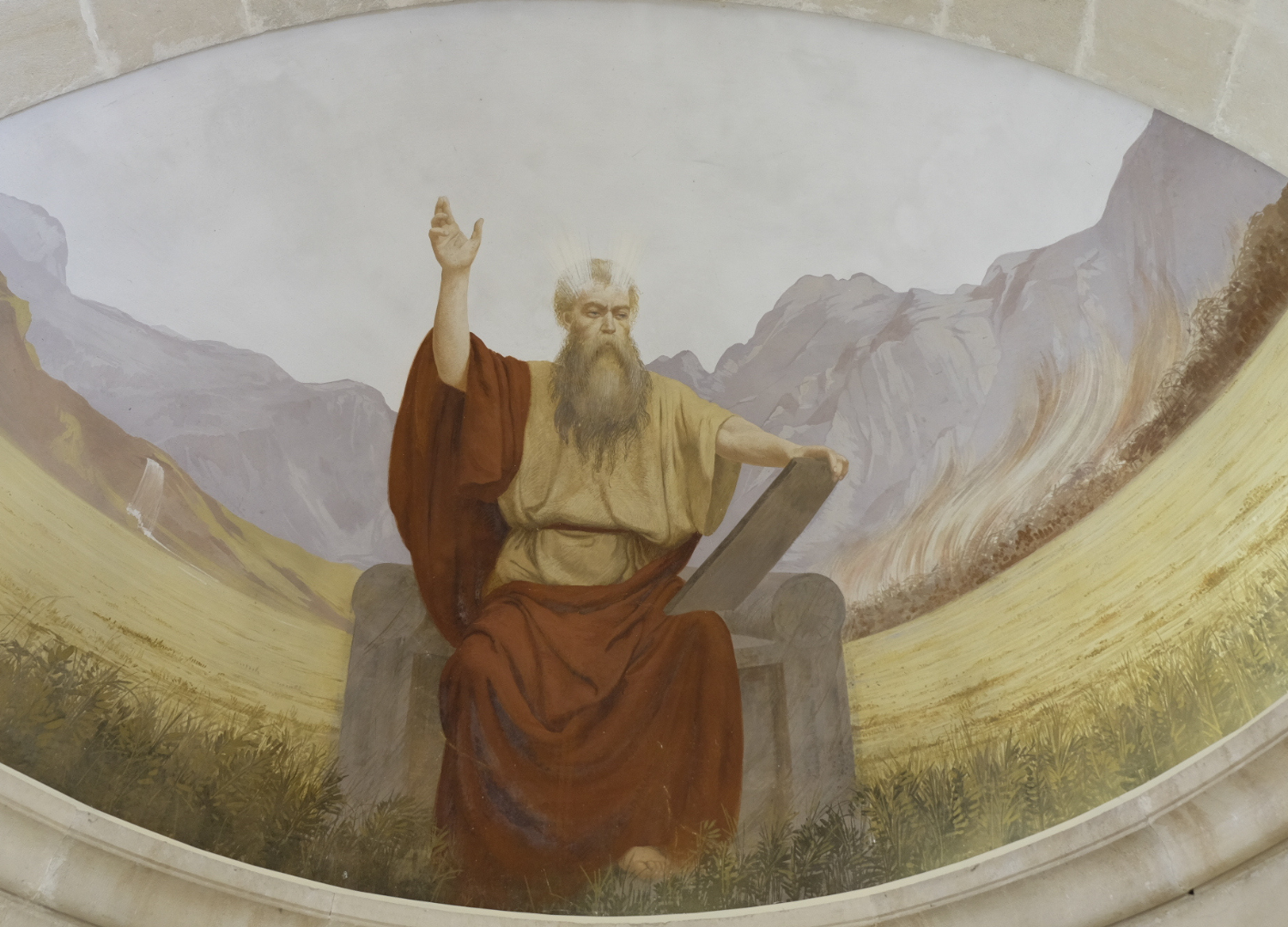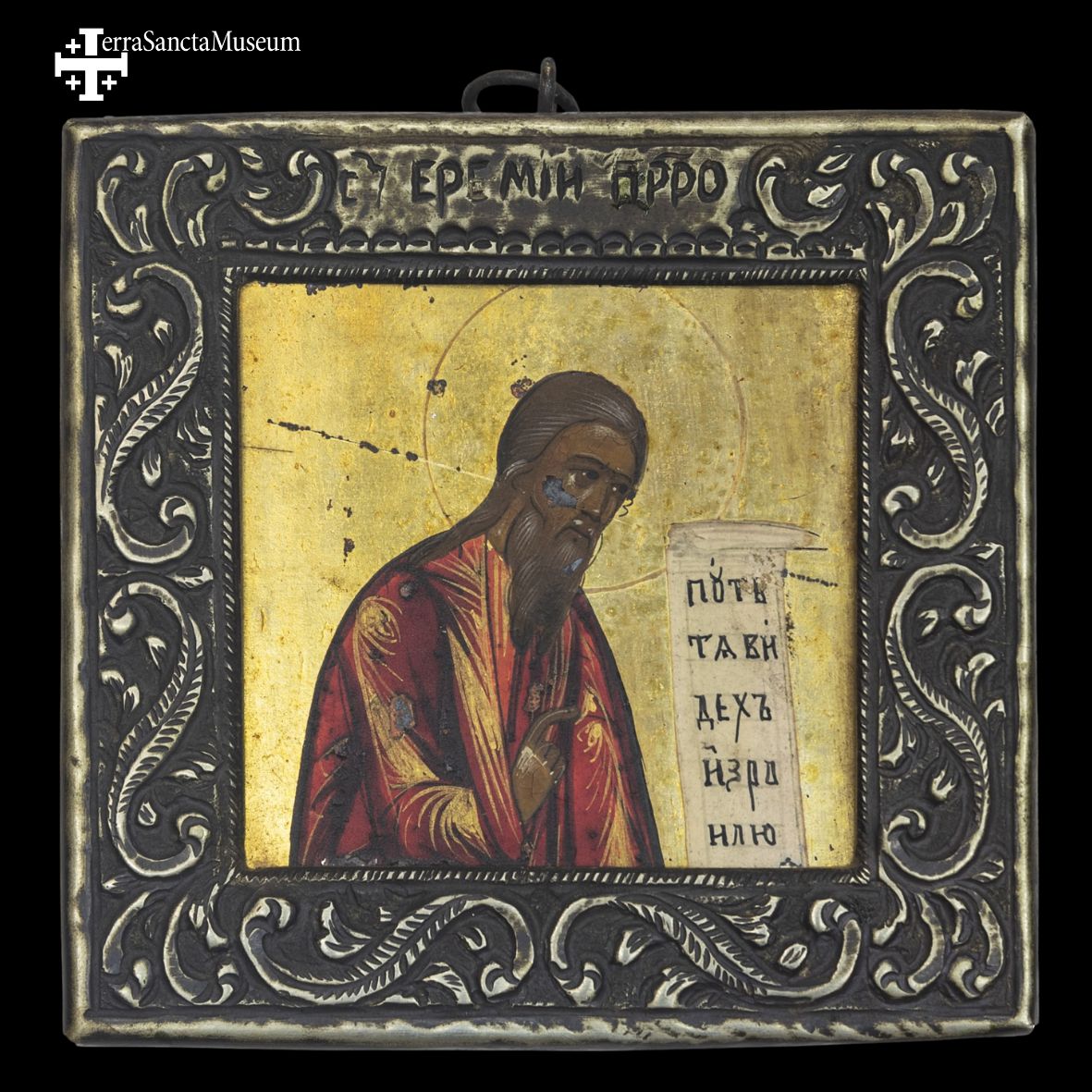When the saints, holy men and women, invite themselves to the museum
The liturgical year offers Christians the opportunity to relive the entire history of salvation and the life of Christ, over a year. A calendar of saints’ days also marks the feast dates of major saints venerated as such with special devotion by the universal Church.
This custom developed among Christians after the first martyrs to commemorate their death, called in Latin dies natalis (day of birth). In the Eastern Churches, the calendar of saints’ days is called menologe. This calendar, common to all, can however coexist with other calendar of saints’ days specific to a country, a region or a specific religious community.
With a rich history of more than 800 years and present in a region central to the Christian faith, the Custody of the Holy Land has its own calendar approved by the Holy See in 2014. It is marked by the great figures of the Old Testament who lived in the Holy Land. It also honors the builders of the first communities, inseparable from places such as Jerusalem, Jericho, Bethlehem or Emmaus.

One of the missions of the Terra Sancta Museum is to promote the historical importance of the Christian presence in the Holy Land and the universality of Jerusalem through art.
The collections of the Custody of the Holy Land are rich in a heritage of great diversity in its representations of these saints of the region. A series of articles invites you to discover them. Let’s start this exploration with the great prophets of the Old Testament: Saint Moses, Saint Elijah and Saint Jeremiah.
Saint Moses the Legislator, celebrated on September 4
The liberator of the Hebrews and transmitter of the divine laws is depicted in this fresco in the Basilica of Mount Tabor. This church was built between 1919 and 1924 by the Custody of the Holy Land on the top of this mountain in Galilee. Its construction site revealed the ruins of a late antiquity church and a Crusader building.

The fresco is located in a chapel where Moses is honored. It is the work of the artist Rodolfo Villani (1881 – 1941), an Italian artist commissioned by the architect Antonio Barluzzi to design the iconography of the basilica.
This presence of the saint is due to his mention in the New Testament during the episode of the Transfiguration. Jesus goes to the summit of Mount Tabor with his disciples Peter, James and John and reveals to them his divine nature by changing his bodily appearance for a moment. This Transfiguration takes place in the presence of the prophets Moses and Elijah.
Gospel according to Matthew, 17:1-13: “Six days after Jesus took Peter, James, and John his brother with him, and led them apart to a high mountain. He was transfigured before them; his face shone like the sun, and his garments became white as the light. And behold, Moses and Elijah appeared to them, conversing with him.”
It is also this Transfiguration that appears on this superb cope from a set sent to Jerusalem in 1935 by the Commissariat of the Holy Land in Austria. The prophet is recognizable by the tablets of the law received on Mount Sinai. He is depicted near the burning bush, the form by which God reveals himself to Moses in the book of Exodus.


This creation is the result of the work of the Congregation of the Sisters of the Poor Child Jesus in Vienna, intended specifically for the Basilica of Mount Tabor. It uses the Art Nouveau style illustrations made by Rodolfo Villani for the mosaics of the basilica.
Saint Elijah, the herald of monotheism, celebrated on July 20
Driven by a desire to preserve and exhibit its historical heritage, the Custody of the Holy Land is also attentive to contemporary creation. This oil painting made in 1998 by the Spanish painter Antonio Peris Carbonell is an eloquent testimony to this. It belongs to a set of eight paintings that adorn the offices of the Terra Sancta Museum – Art and History in Jerusalem. A Peris Carbonell Museum opened in Palma de Mallorca in 2012 and exhibits his most important works.

Known as “the Tishbite” in reference to his hometown Tishbe, Elijah is a major Old Testament prophet who ministered during the reign in Israel of Kings Ahab and Jezebel in the 9th century BC. He was a fervent defender of faith in the one God in a period marked by the proliferation of idolatrous cults, notably that of the god Baal. Many miracles are attributed to him, including the one depicted on this painting.
Elijah gathered the children of Israel to Carmel to challenge the prophets of Baal. Two pyres were erected, one to receive an offering from the prophets and the other to receive an offering from Elijah. Baal’s henchmen invoke their god to set fire to it, without success; while the Lord sets fire to Elijah’s pyre, even though it is soaked in water. All the people repent with this miracle and recognize the Lord as their only God.
This prophet occupies a major place in the Christian faith where he is associated with John the Baptist. The baptizer of the Jordan is presented in the Gospels as the fulfillment of the prophecy of Elijah, who returned to earth to prepare the way of the Lord. He also appears alongside Moses in the episode of the Transfiguration of Jesus, also painted by Antonio Peris Carbonell on this other canvas belonging to the same series.

Saint Jeremiah the prophet of tears, celebrated on July 22
This Russian icon dating from the eighteenth century comes from an iconostasis. In churches of the Byzantine rite, this partition establishes a separation between the clergy celebrating the Divine Liturgy and the rest of the participants (choir, non-celebrant clergy and faithful). This structure is decorated with icons arranged in a specific order. It is a powerful visual support for the catechesis of the faithful.

This work is a representation of the prophet Jeremiah. This saint was born around 650 BC, in the village of Anatoth, about 5 km northeast of Jerusalem. In the thirteenth year of the reign of Josiah, king of Judea (626 B.C.), he received the vocation of prophet at a very young age and began his ministry in one of the most tragic moments in the history of Israel: the exile, the destruction of the Temple, the end of Jerusalem and Judea.
Chosen by God to proclaim his word, he is persecuted by a people who have become deaf and disobedient to the commandments. Jeremiah will witness, powerless, the consequences of this refusal. Yet, even at the end of the tragedy, God does not abandon his people and Jeremiah will still transmit his message in exile.
It’s time for the holy women…
Alongside these great prophets of the Old Testament, the Custody of the Holy Land gives an eminent place to great female figures whose action was indispensable to the building of Christianity. You will soon discover them by reading the second episode of this series!



